Architecture in film: modernism, futurism and beyond
Ahead of the Oscars 2022 ceremony, we look back to the relationship between architecture and the movies. From modernist houses to futuristic landscapes, the built environment and the ambience it creates play a key role in visual storytelling
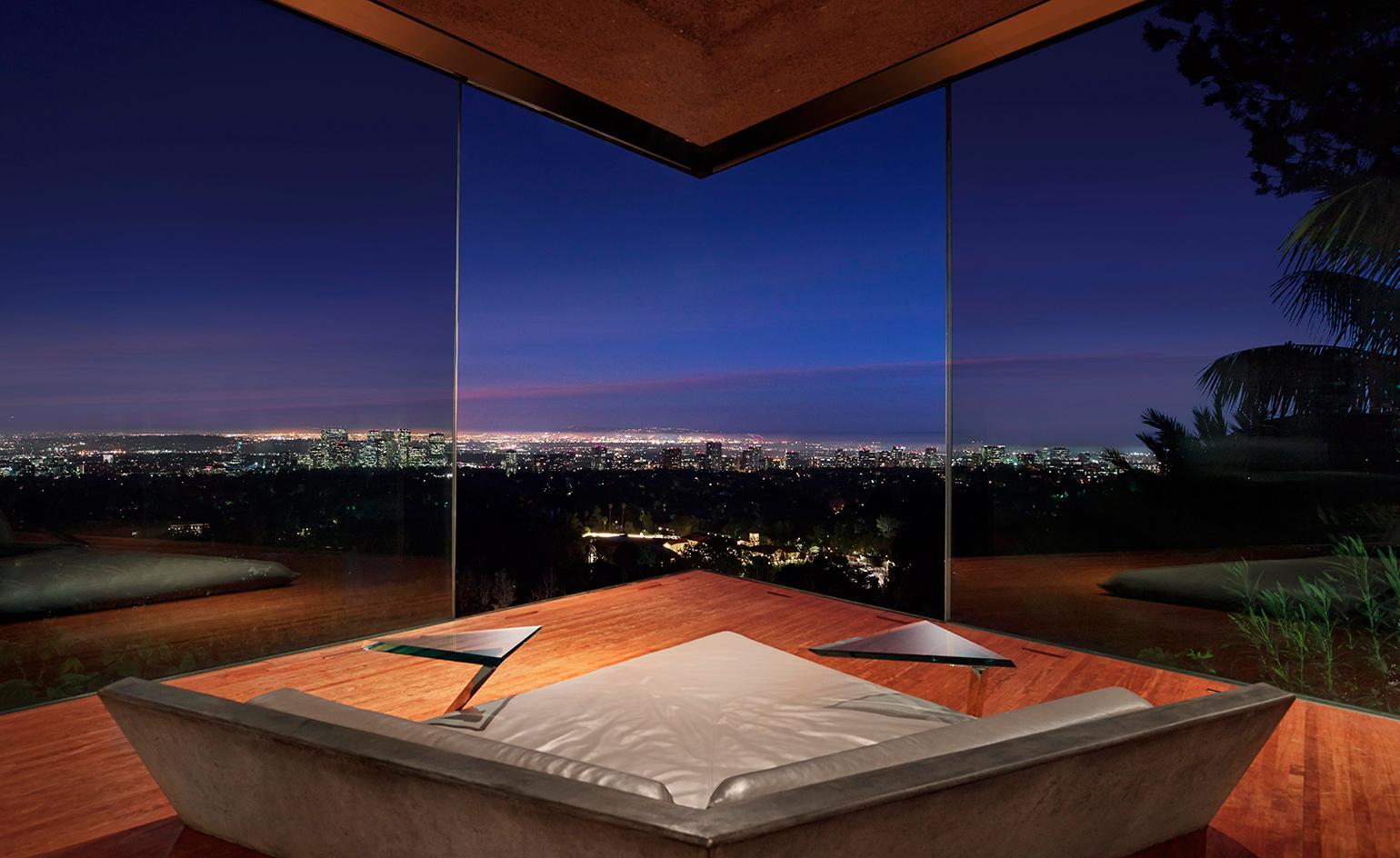
Film and architecture have been intertwined since the birth of the moving image. Both media are cultural expressions concerned with space, time and people – addressing the human condition through spatial narrative. The architect, like the director, is in the business of making realities from fiction. Here, ahead of the Oscars 2022, are a few examples of architecture in film, and such realities, drawing on modernism, futurism and beyond.
Architecture in film from the 1960s to the 2020s
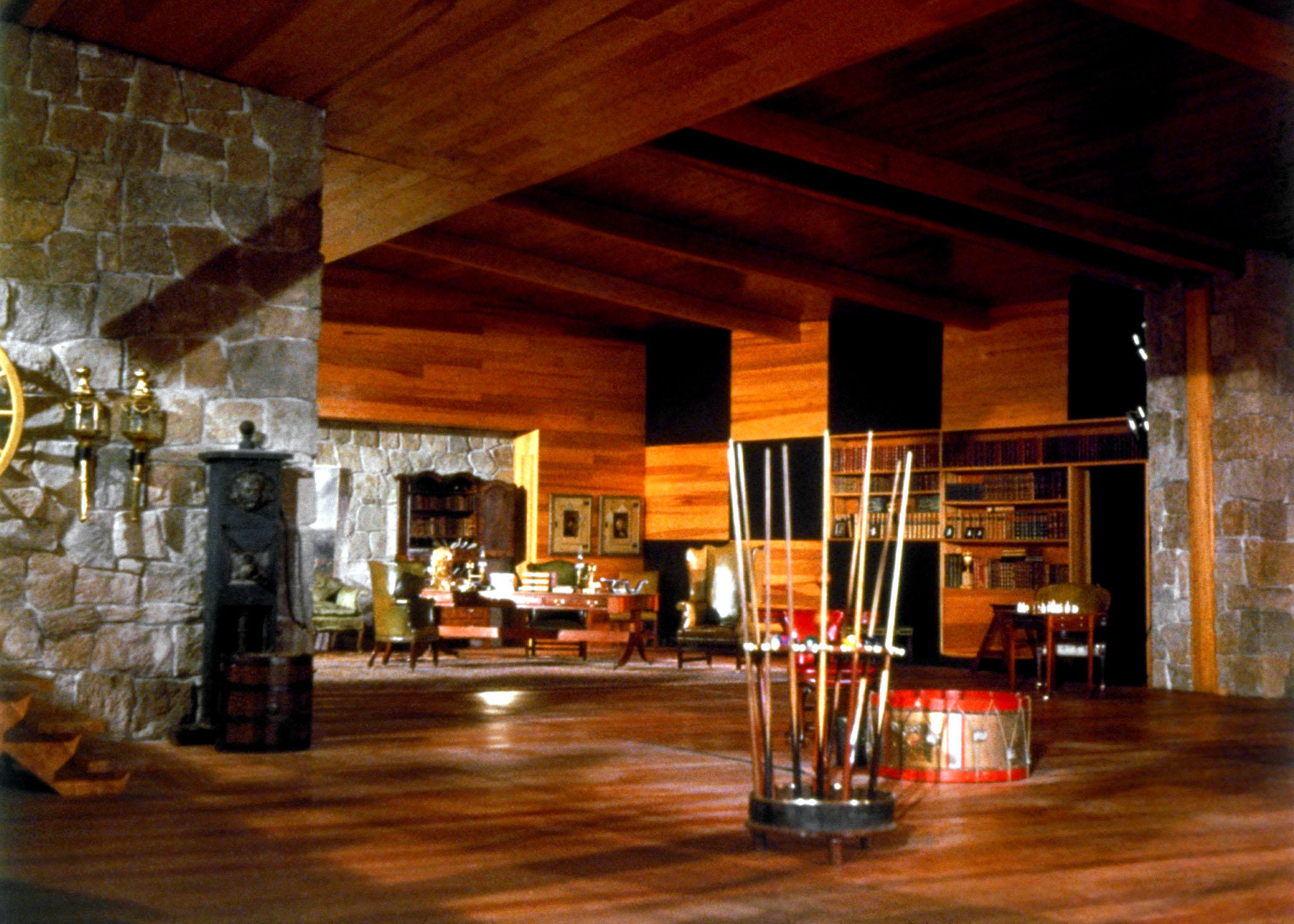
Film still from Goldfinger, featuring the Rumpus room
Films can act as architectural critique. The design of Bond villains’ lairs betray 007 creator Ian Fleming’s disdain for modern architecture. Arch-baddie Goldfinger’s Rumpus room's materials and atmosphere strongly hint at Frank Lloyd Wright's work. As for the title? An alleged parody of its namesake architect, Ernő Goldfinger. James Bond’s propensity to destroy quintessential modernist works could be seen as an extreme form of criticism, mocking the perceived pomposity of the designers’ visions. It shows how architecture in film can speak to more than just the world within the movie.
Solaris (Andrei Tarkovsky, 1972)
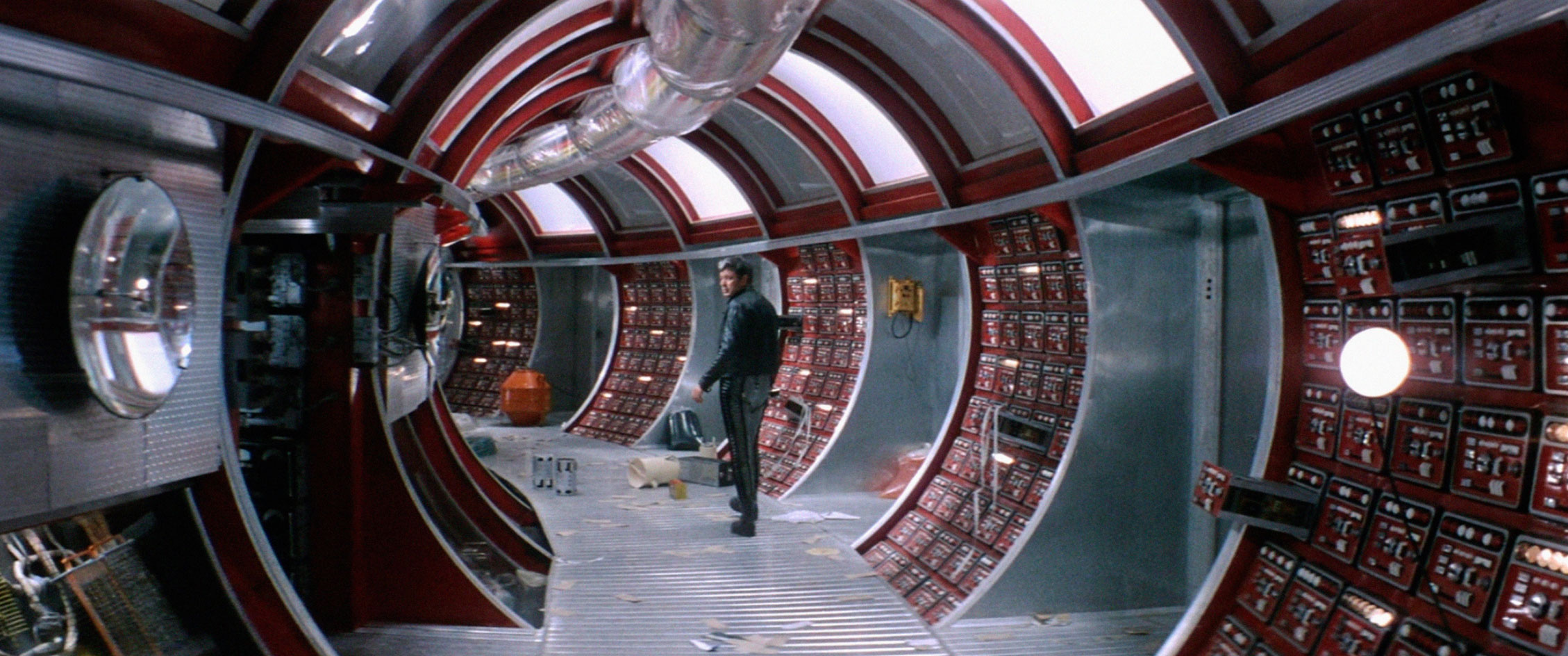
Film still from Solaris, depicting the version of architectural future presented in the film
In Solaris, Tarkovsky presents an architectural vision that avoids the futuristic tropes that are commonplace in the genre. An antithesis to Stanley Kubrick's 2001: A Space Odyssey, Solaris bases its view of the future on human interactions, not special effects. The architecture – simple and real, futuristic but also poetic, and all made through specially and impecably constructed sets – is key to its success.
Blade Runner (Ridley Scott, 1982)
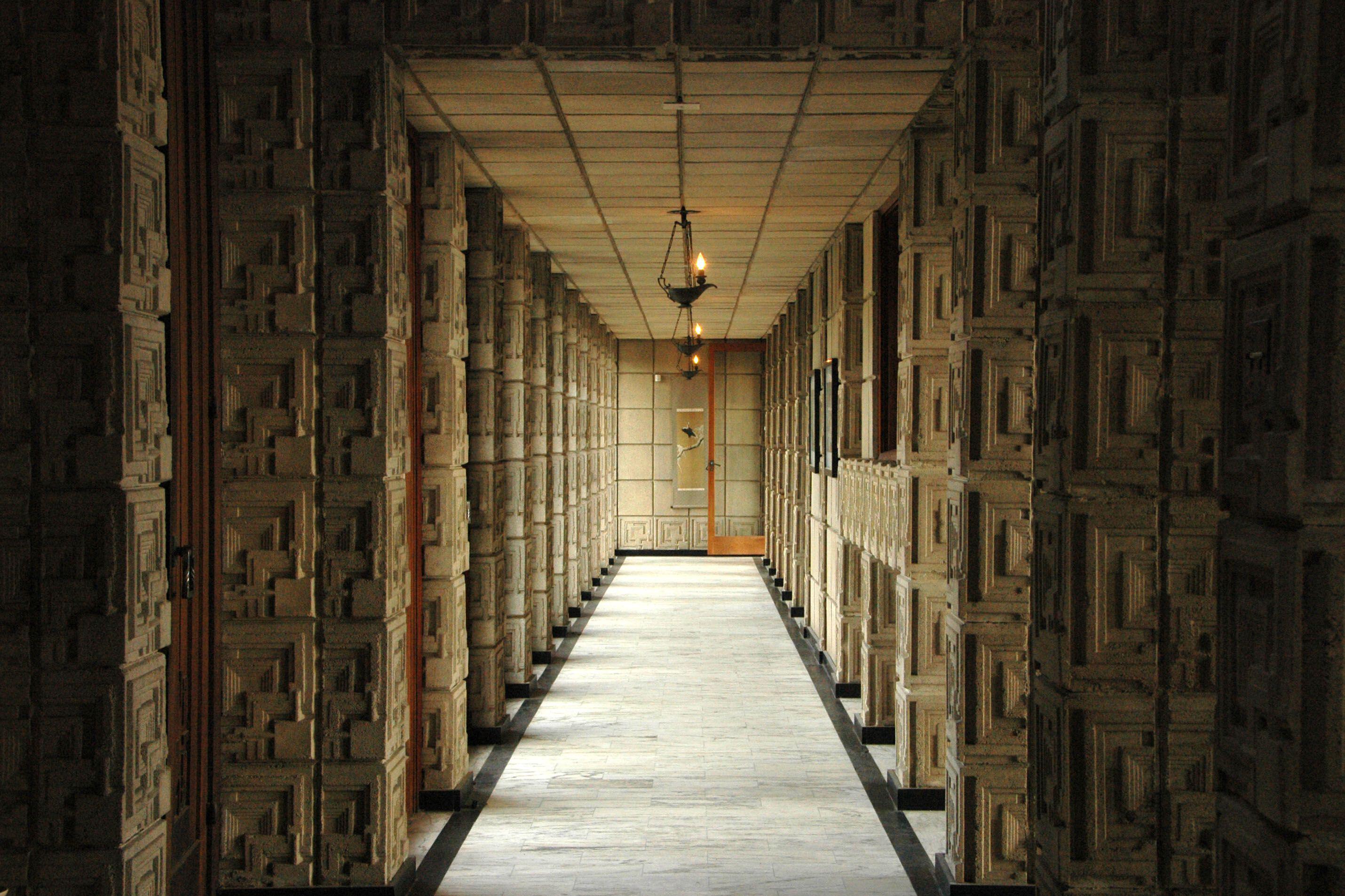
Ennis House in Los Angeles was designed by Frank Lloyd Wright in the early 1920s and featured in Blade Runner
Dystopic visions are a recurring theme in films. A notable example is Ridley Scott’s Blade Runner, set in 2019 San Angeles, a futuristic, post-industrialist city. Like all good sci-fi creations, the film is a critique of past and present, and a clear manifestation of the fears aroused by this new urban condition. It acts as a warning to population increase, urban sprawl and unbridled capitalism. Among this, Frank Lloyd Wright's blocky, Mayan-influenced Ennis House in Los Angeles provides the perfect, moody backdrop for the protagonist's home.
The Big Lebowski (The Coen Brothers, 1998)
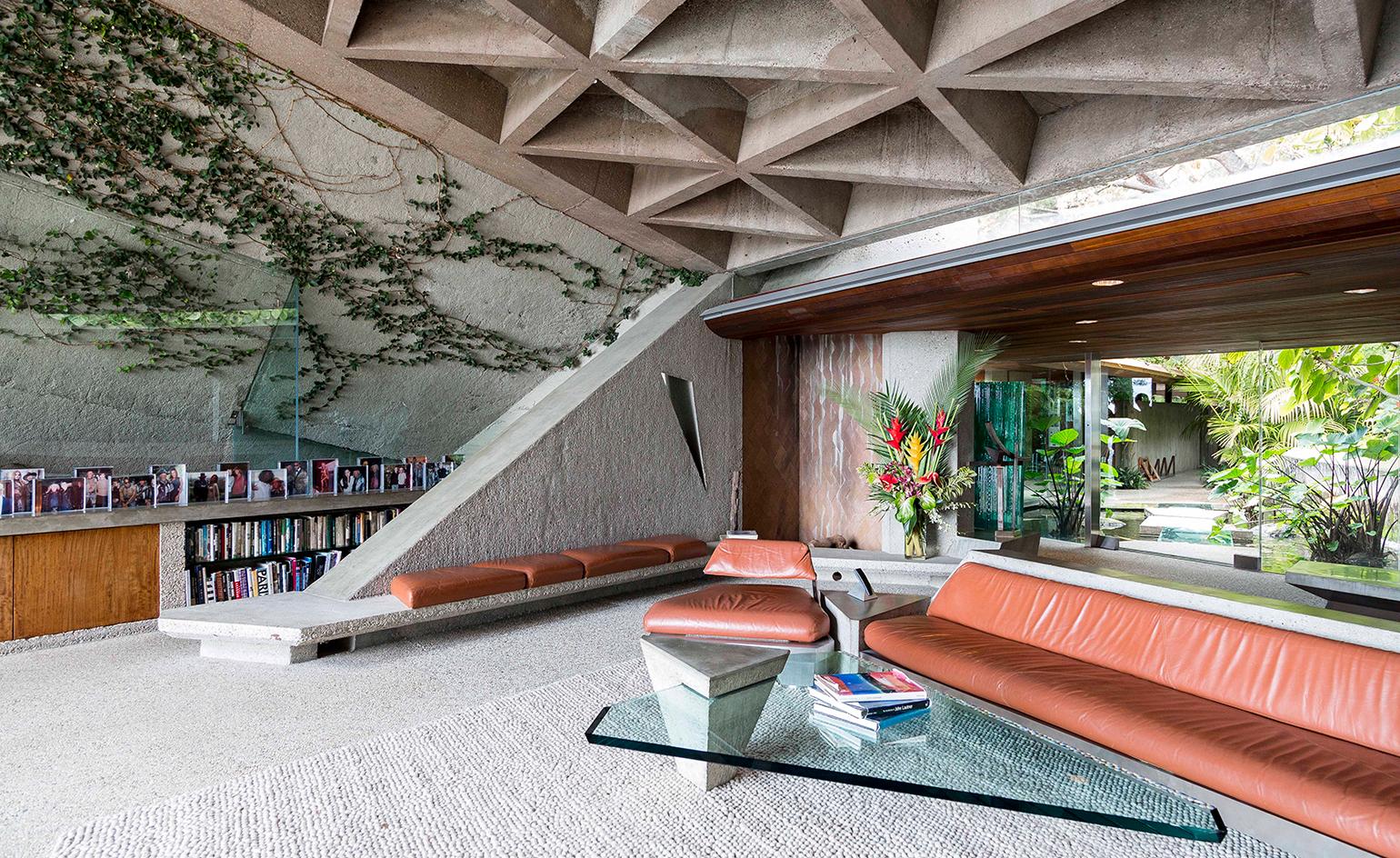
John Lautner’s Sheats-Goldstein house was bequeathed to LACMA in 2016. Almost 20 years before that, it featured in the Big Lebowski.
The Coen Brothers’ neo-noire comedy is an homage to the city of Los Angeles. The unquestionable spatial star of the film is the ‘Porno House', which was in real life designed by John Lautner. The architect's harsh lines and calculated use of concrete, which shuns both 90-degree angles and decoration, are in direct contrast to the Dude’s laissez-faire attitude.
A Single Man (Tom Ford, 2009)
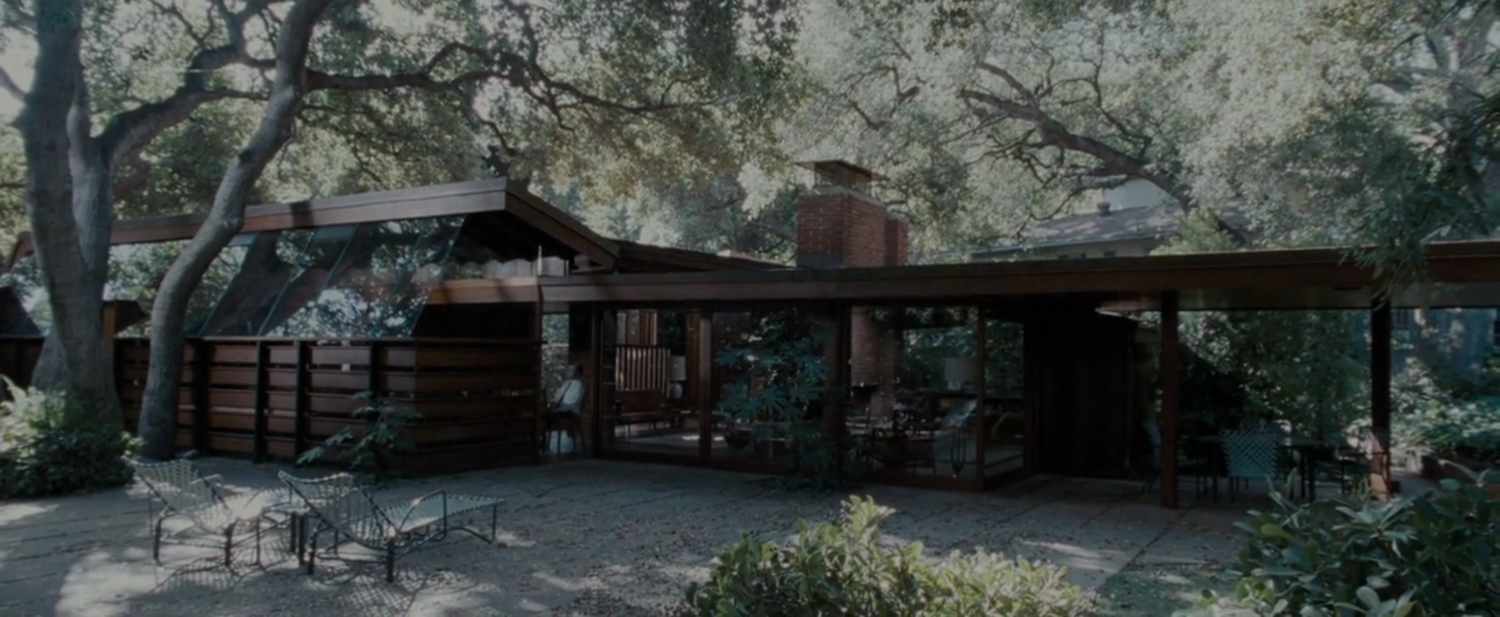
One of the film's memorably protagonists, John Lautner's Schaffer Residence
The film is set in 1962 and was mostly shot in the Schaffer Residence in California, another Lautner house. The austere and moody palette of timber and shades of beige serves as an apt backdrop to protagonist George’s life, as it appears drained of the invigoration his late partner brought. The set here mirrors the protagonist’s character and so offers an avenue to better understand him through architectural expression.
Ex Machina (Alex Garland, 2014)
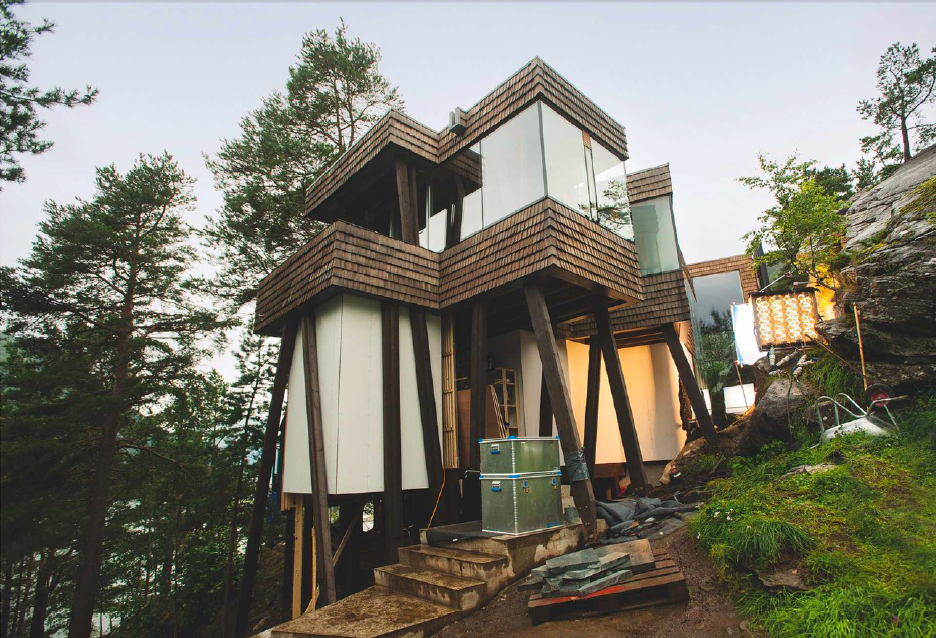
Norwegian architects Jensen & Skodvin designed this summer house at the Juvet Landscape Hotel in Norway, which features as location in the film
Shot in leafy Norway, this movie depicts the breathtaking natural landscape coming in direct contrast to the stark materiality of the fictional, almost oppressively minimalist mansion that’s home to one of the protagonists, Nathan. The contrast mirrors the relationship between human and machine. In this film with a cast of just four, the house becomes the fifth presence. Seen as Caleb’s (one of the four characters) confusion embodied, the labyrinthian house adds an essential dimension to the story. It highlights the important role of architecture in film.
Wallpaper* Newsletter
Receive our daily digest of inspiration, escapism and design stories from around the world direct to your inbox.
Black Panther (Ryan Coogler, 2018)
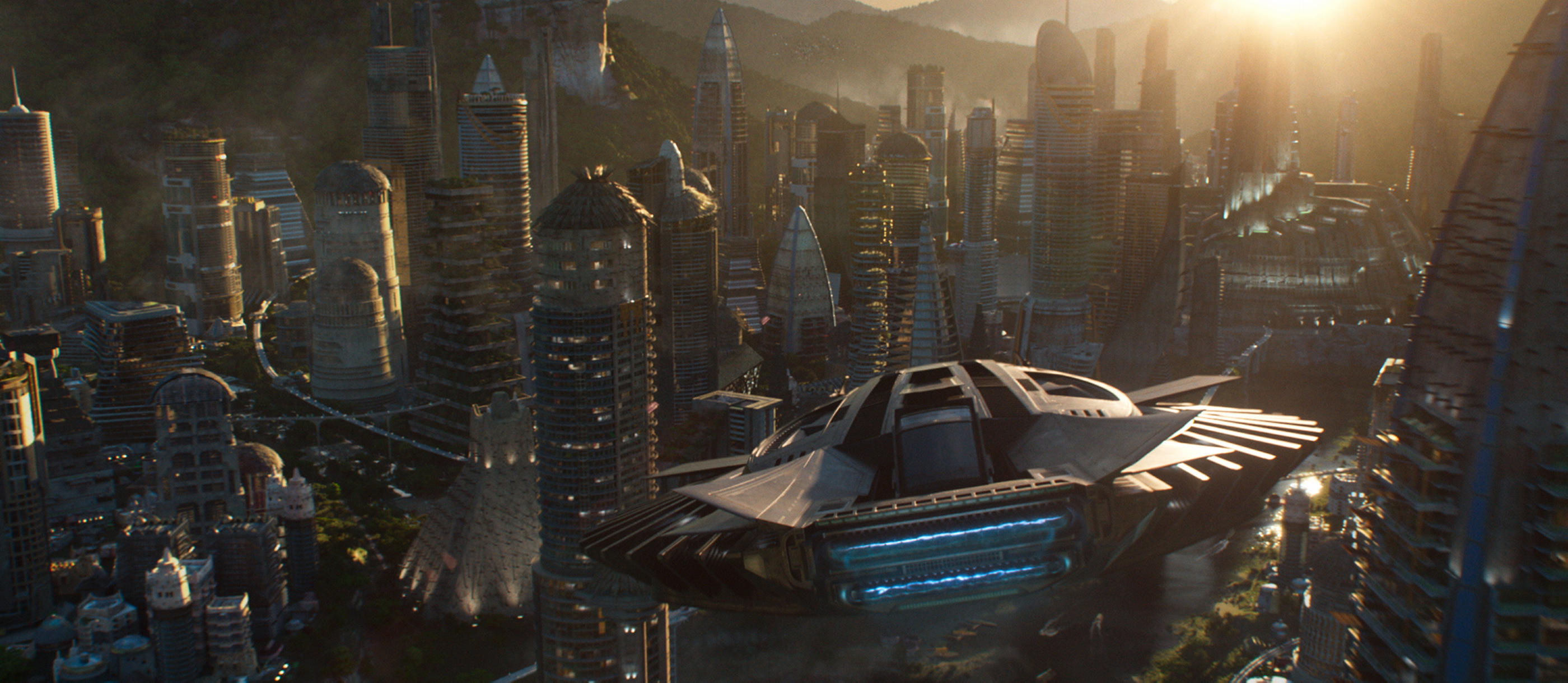
Film still from Black Panther, showing a view of Wakanda, which has been said to be at least partially inspired by the architecture of Zaha Hadid
Set in the fictional Wakanda, Black Panther is the most successful recent depiction of afro-futurism. The film’s architecture critiques colonialism by putting forward a vision of what African urbanism could be. The representation of urban space manifests as a Hadidesque vision of the future. It is one that is exempt from the restrictions imposed by Eurocentric orthogonality, which gives its inhabitants the possibility to embrace technology without rejecting tradition.
Parasite (Bong Joon Ho, 2019)
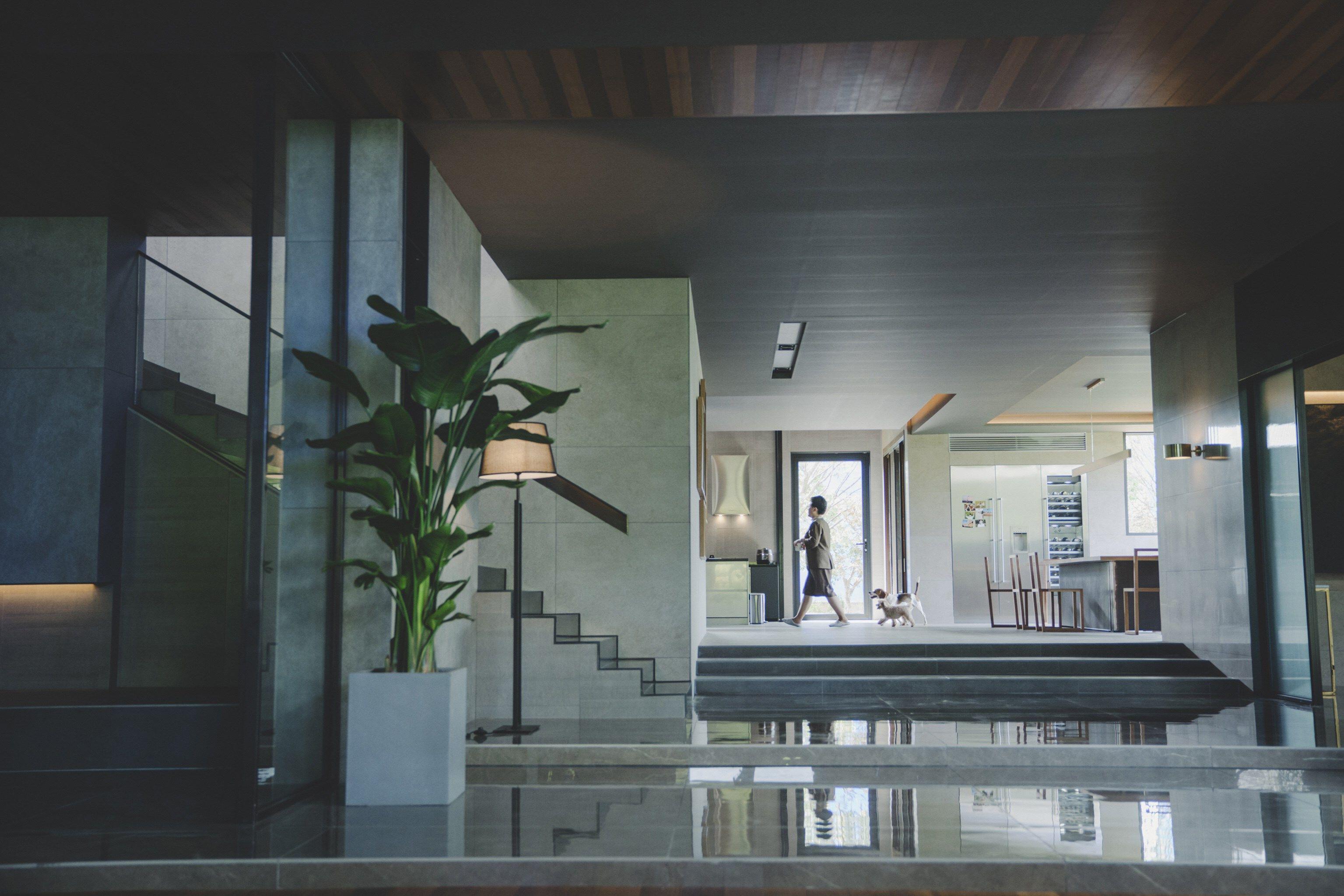
The sharp modernism of the Parks' house in Parasite was entirely fabricated and created by fictional architect Namgoong Hyeonja
The architecture in Parasite exists as a metaphor through which creator Bong Joon Ho explains inequality in Korea. It highlights the fact that our built environment is a representation of society. From the Kims’ banjiha (lower-ground apartments in Korean) to the Parks’ grand house, the film speaks the language of architecture expressed through contrasts. Interior and exterior spaces, design and chaos, solids and voids express the differences in social classes. The plot is set in these houses so everything is understood through the construction of space. The set-up demonstrates the key influence of architecture in film and visual storytelling.
Malcolm & Marie (Sam Levinson, 2021)
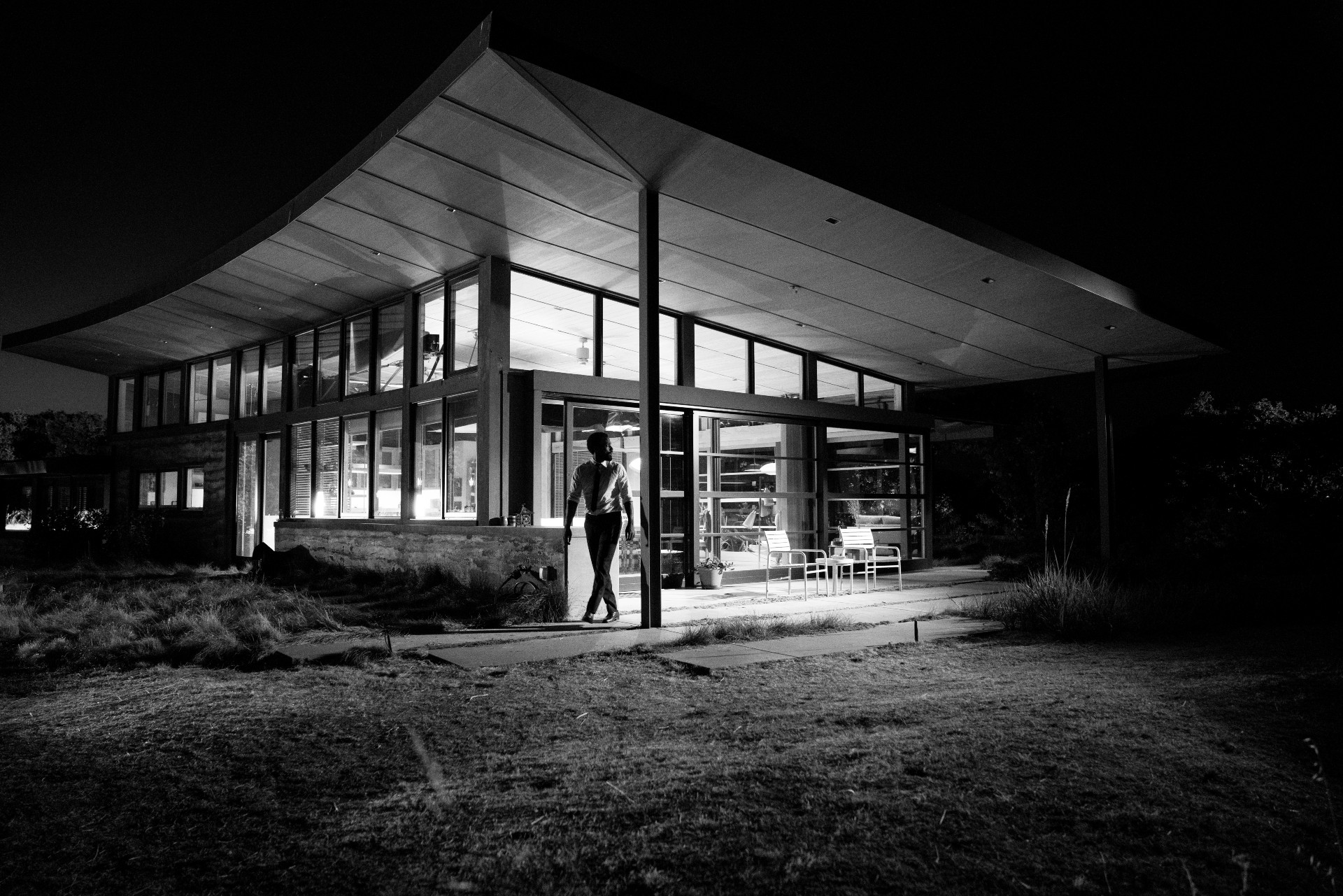
Film still from the movie, featuring Malcolm and Marie's home, Caterpillar House, designed by Feldman Architecture in Carmel, California.
Even in monochrome, it would be hard to argue that architect Jonathan Feldman’s Caterpillar House is not the unequivocal third star of this film. The 260 sq m eco home provides a perfect backdrop to the drama of Malcom and Marie’s relationship. We get to know the house’s layout over the course of the film as the story unfolds. Its spatial narrative reminds us that architecture is the ubiquitous setting to our everyday life.
-
 Put these emerging artists on your radar
Put these emerging artists on your radarThis crop of six new talents is poised to shake up the art world. Get to know them now
By Tianna Williams
-
 Dining at Pyrá feels like a Mediterranean kiss on both cheeks
Dining at Pyrá feels like a Mediterranean kiss on both cheeksDesigned by House of Dré, this Lonsdale Road addition dishes up an enticing fusion of Greek and Spanish cooking
By Sofia de la Cruz
-
 Creased, crumpled: S/S 2025 menswear is about clothes that have ‘lived a life’
Creased, crumpled: S/S 2025 menswear is about clothes that have ‘lived a life’The S/S 2025 menswear collections see designers embrace the creased and the crumpled, conjuring a mood of laidback languor that ran through the season – captured here by photographer Steve Harnacke and stylist Nicola Neri for Wallpaper*
By Jack Moss
-
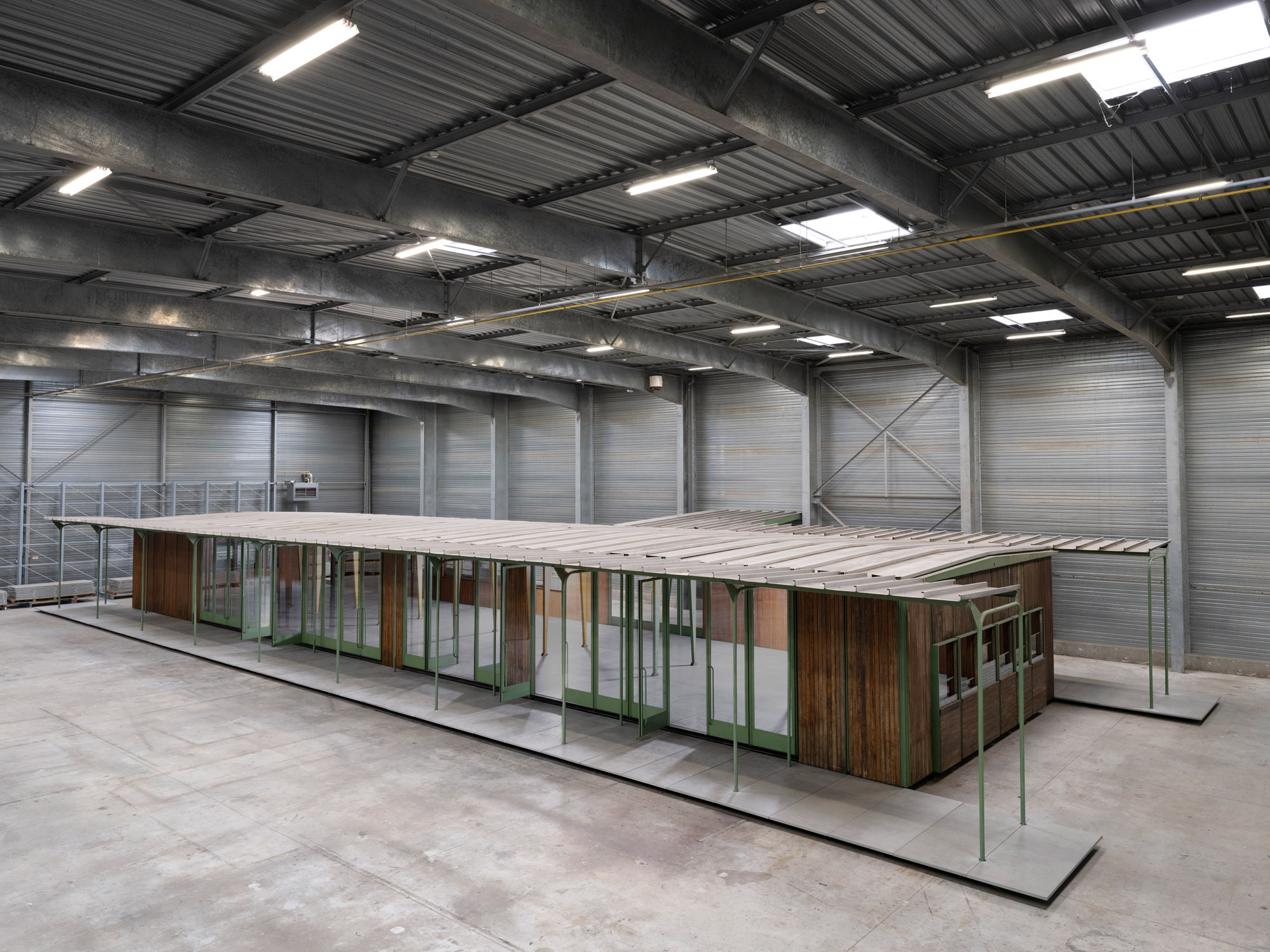 Croismare school, Jean Prouvé’s largest demountable structure, could be yours
Croismare school, Jean Prouvé’s largest demountable structure, could be yoursJean Prouvé’s 1948 Croismare school, the largest demountable structure ever built by the self-taught architect, is up for sale
By Amy Serafin
-
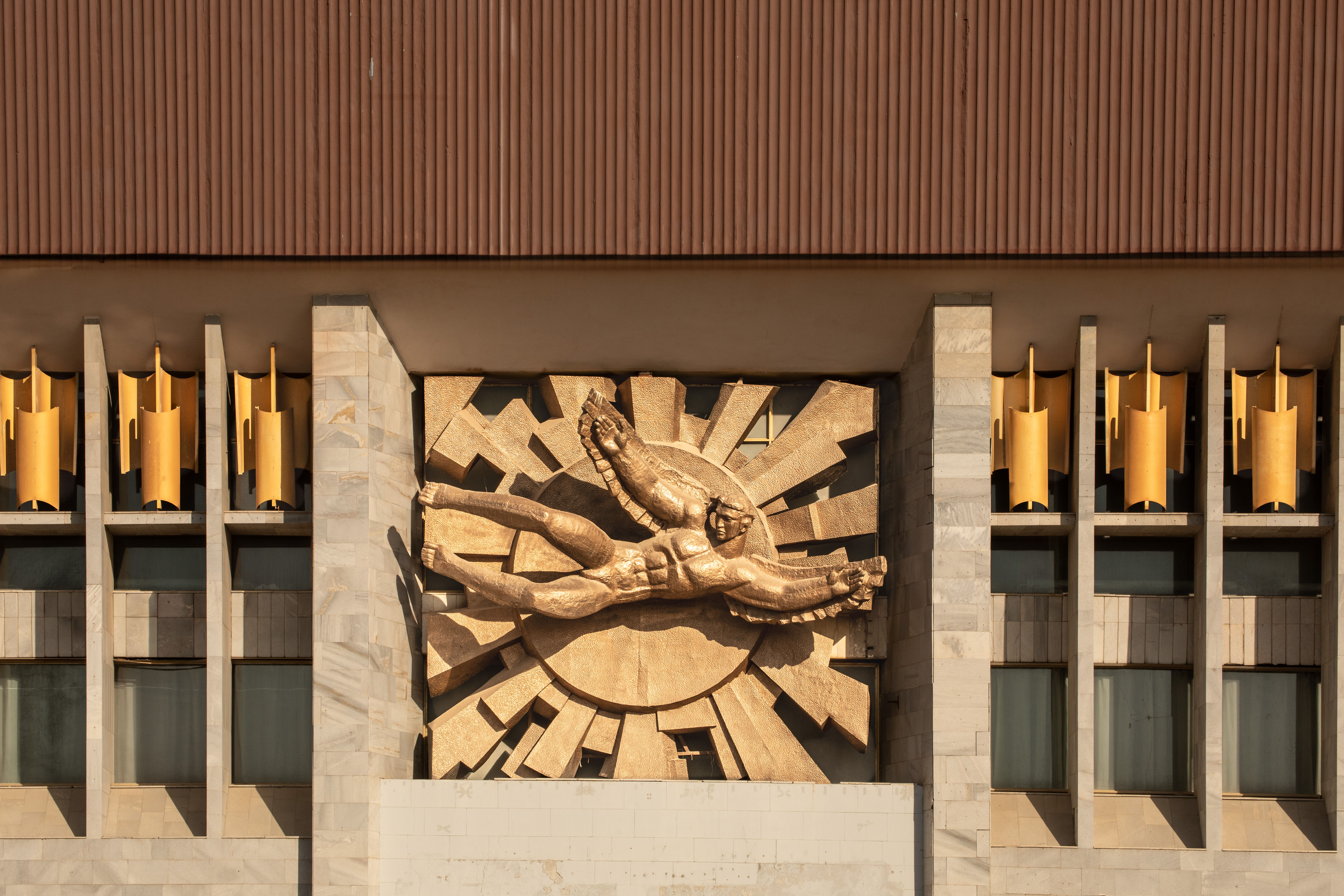 Jump on our tour of modernist architecture in Tashkent, Uzbekistan
Jump on our tour of modernist architecture in Tashkent, UzbekistanThe legacy of modernist architecture in Uzbekistan and its capital, Tashkent, is explored through research, a new publication, and the country's upcoming pavilion at the Venice Architecture Biennale 2025; here, we take a tour of its riches
By Will Jennings
-
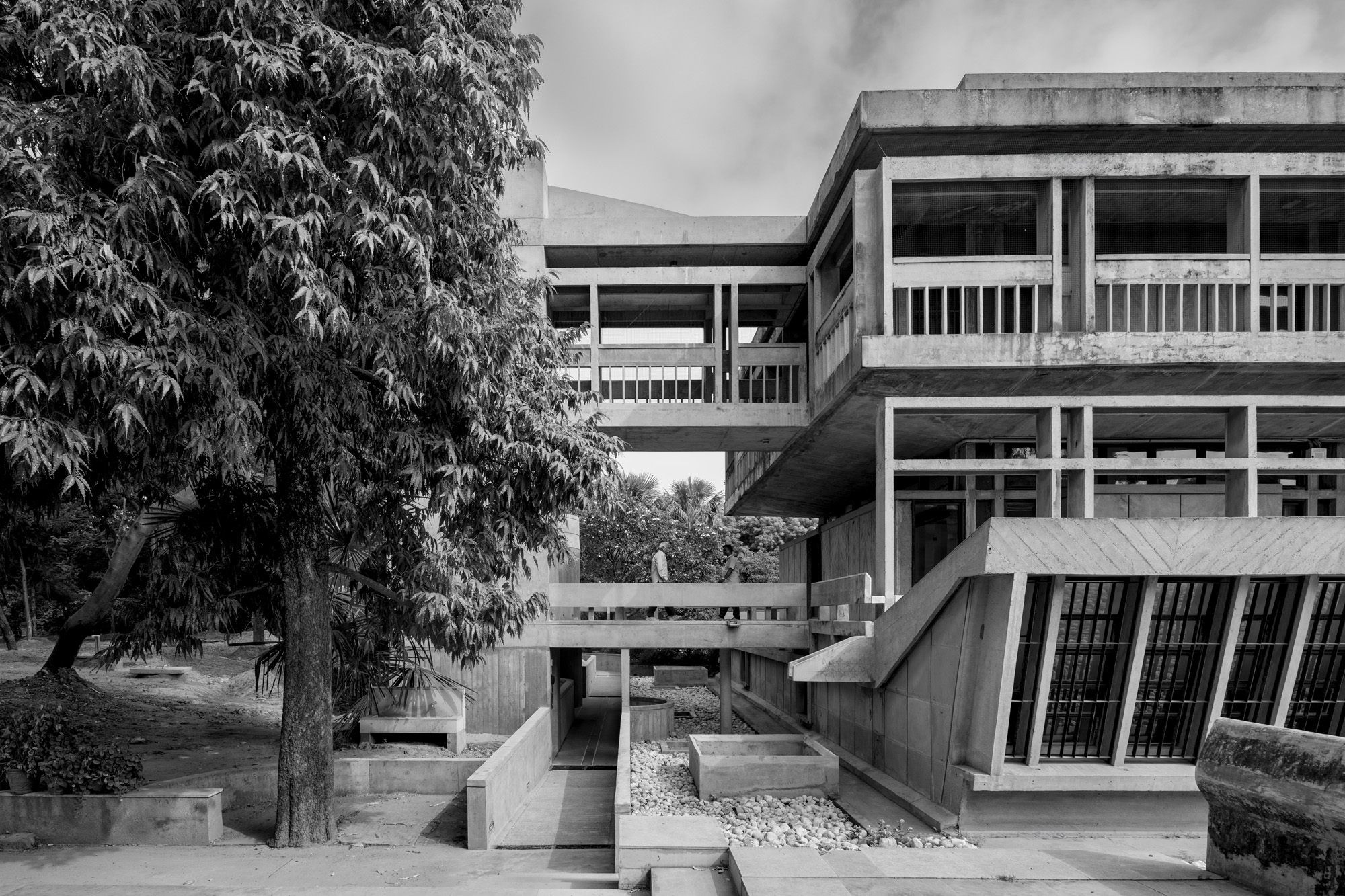 At the Institute of Indology, a humble new addition makes all the difference
At the Institute of Indology, a humble new addition makes all the differenceContinuing the late Balkrishna V Doshi’s legacy, Sangath studio design a new take on the toilet in Gujarat
By Ellie Stathaki
-
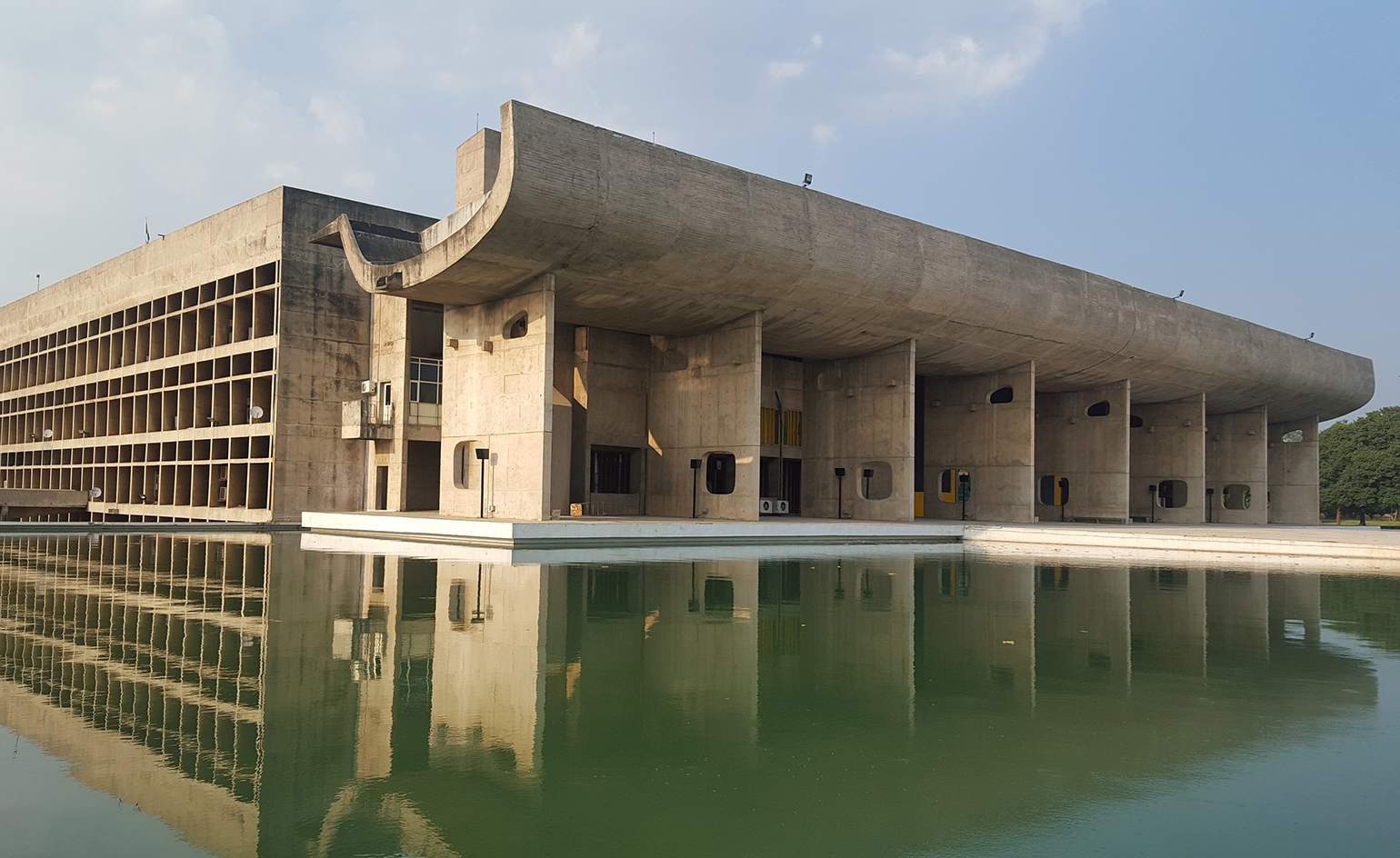 How Le Corbusier defined modernism
How Le Corbusier defined modernismLe Corbusier was not only one of 20th-century architecture's leading figures but also a defining father of modernism, as well as a polarising figure; here, we explore the life and work of an architect who was influential far beyond his field and time
By Ellie Stathaki
-
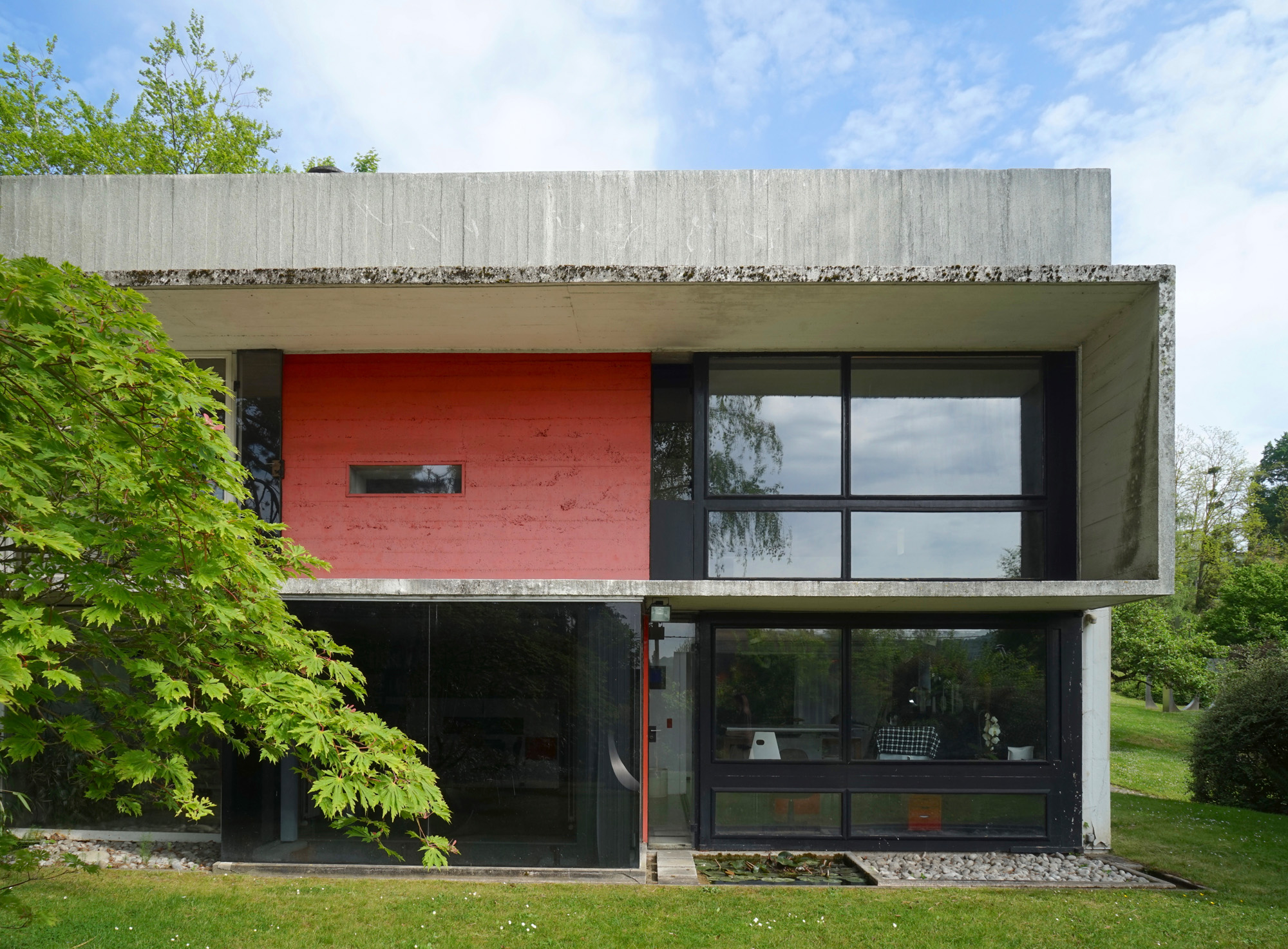 How to protect our modernist legacy
How to protect our modernist legacyWe explore the legacy of modernism as a series of midcentury gems thrive, keeping the vision alive and adapting to the future
By Ellie Stathaki
-
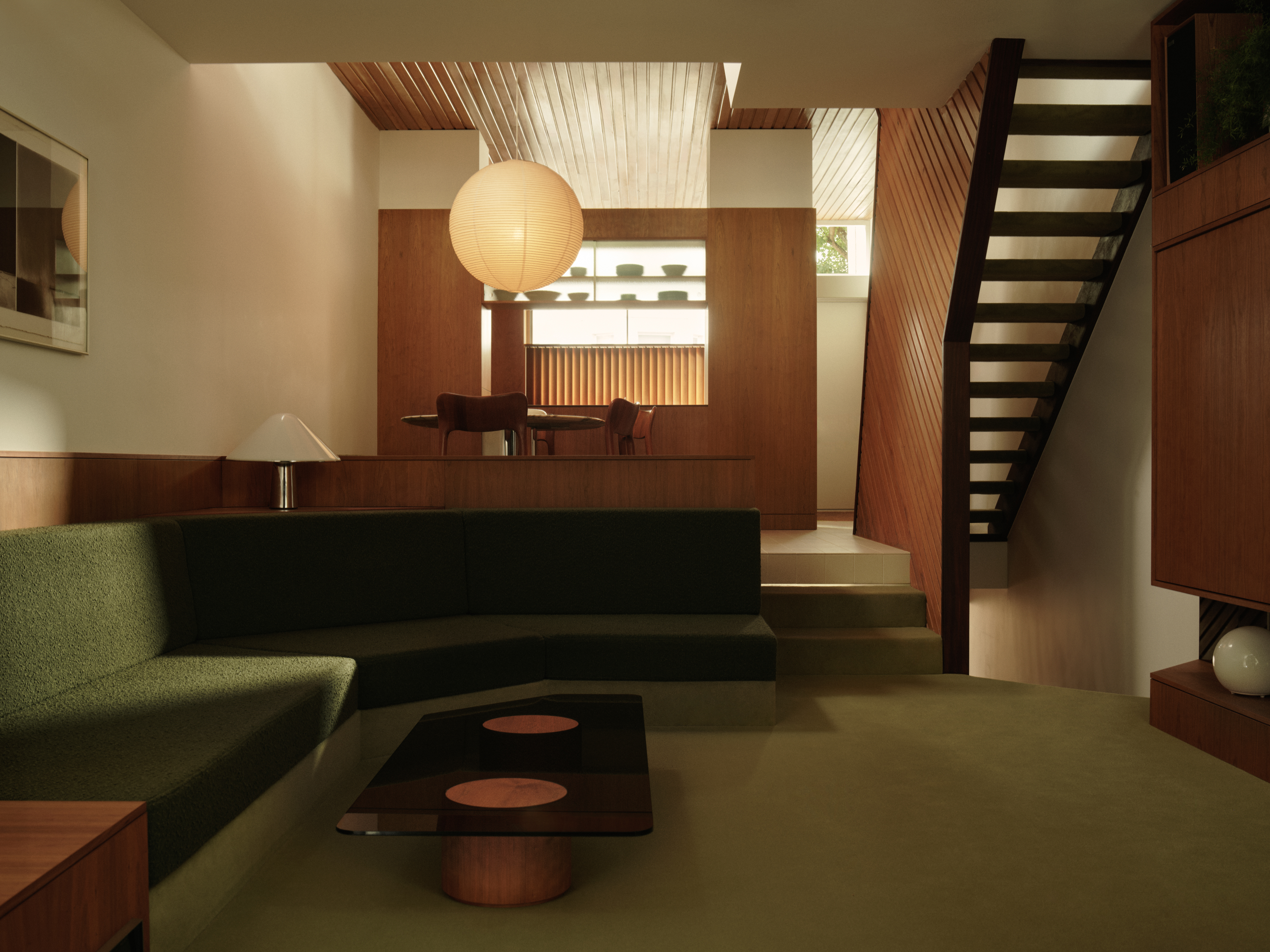 A 1960s North London townhouse deftly makes the transition to the 21st Century
A 1960s North London townhouse deftly makes the transition to the 21st CenturyThanks to a sensitive redesign by Studio Hagen Hall, this midcentury gem in Hampstead is now a sustainable powerhouse.
By Ellie Stathaki
-
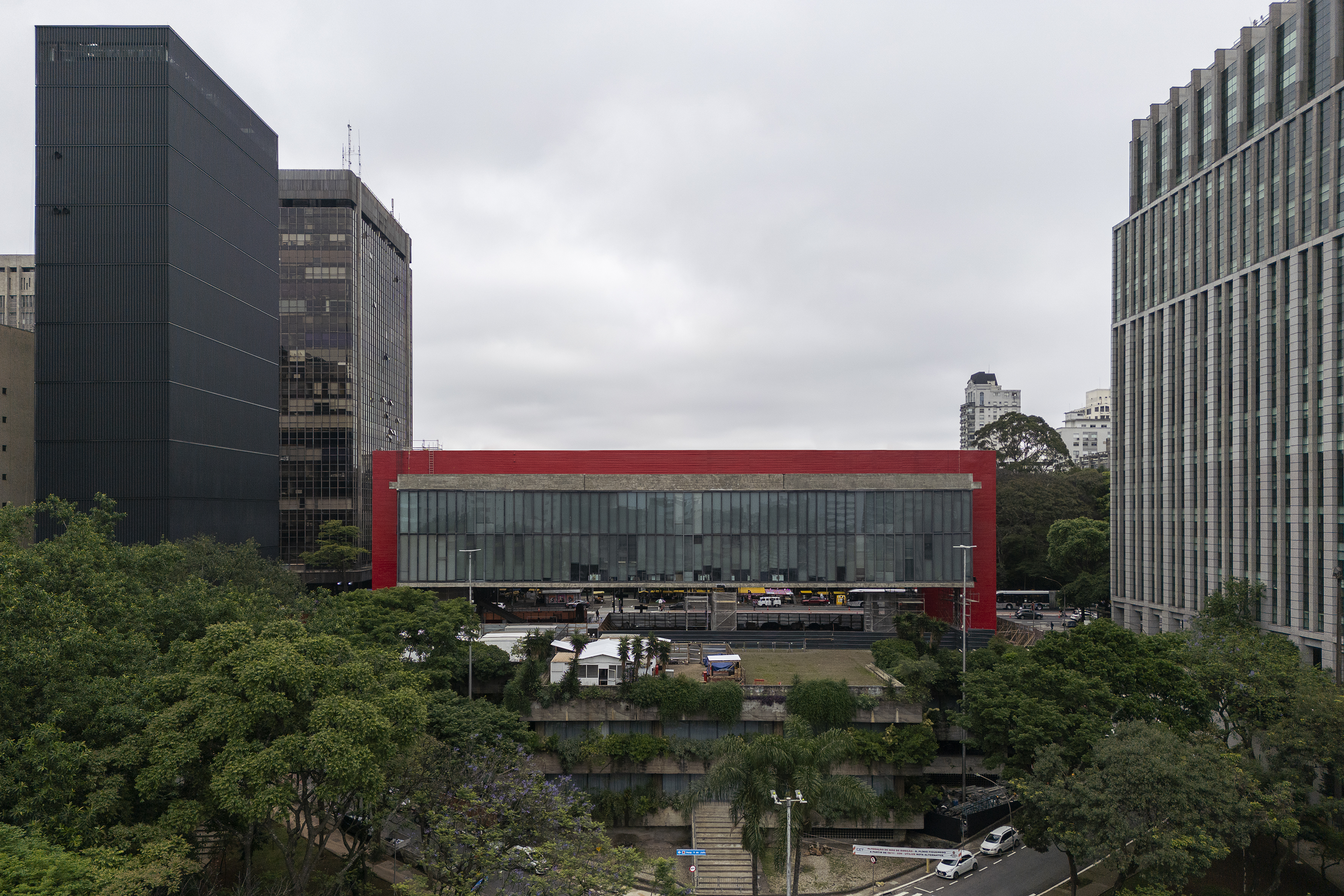 The new MASP expansion in São Paulo goes tall
The new MASP expansion in São Paulo goes tallMuseu de Arte de São Paulo Assis Chateaubriand (MASP) expands with a project named after Pietro Maria Bardi (the institution's first director), designed by Metro Architects
By Daniel Scheffler
-
 Marta Pan and André Wogenscky's legacy is alive through their modernist home in France
Marta Pan and André Wogenscky's legacy is alive through their modernist home in FranceFondation Marta Pan – André Wogenscky: how a creative couple’s sculptural masterpiece in France keeps its authors’ legacy alive
By Adam Štěch